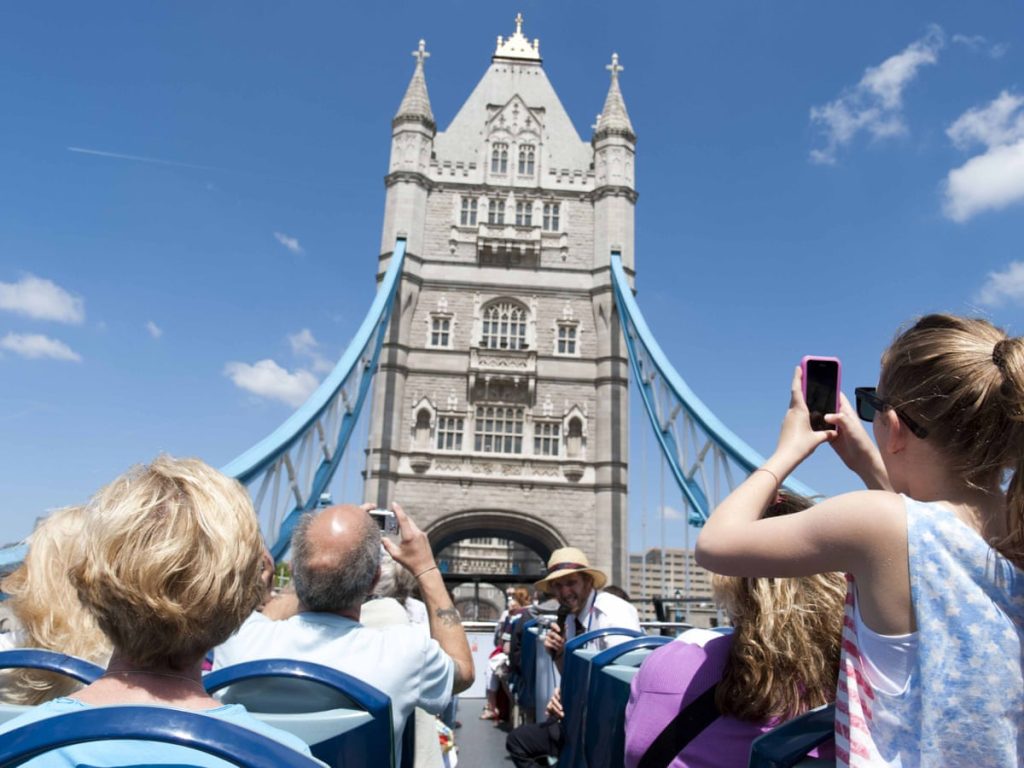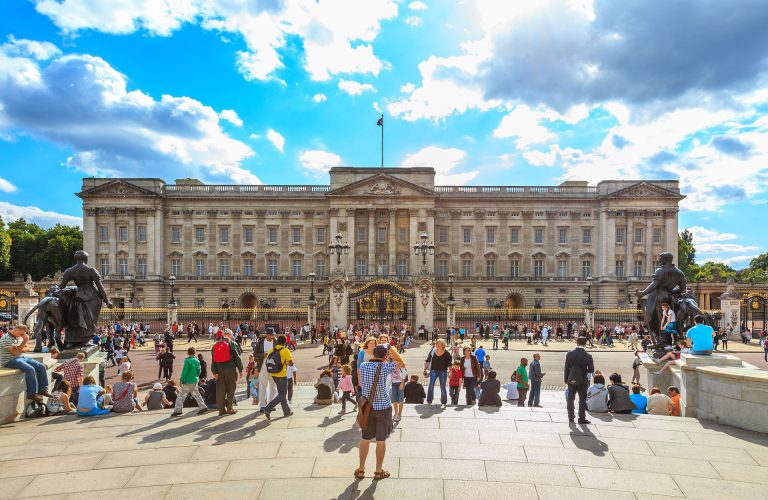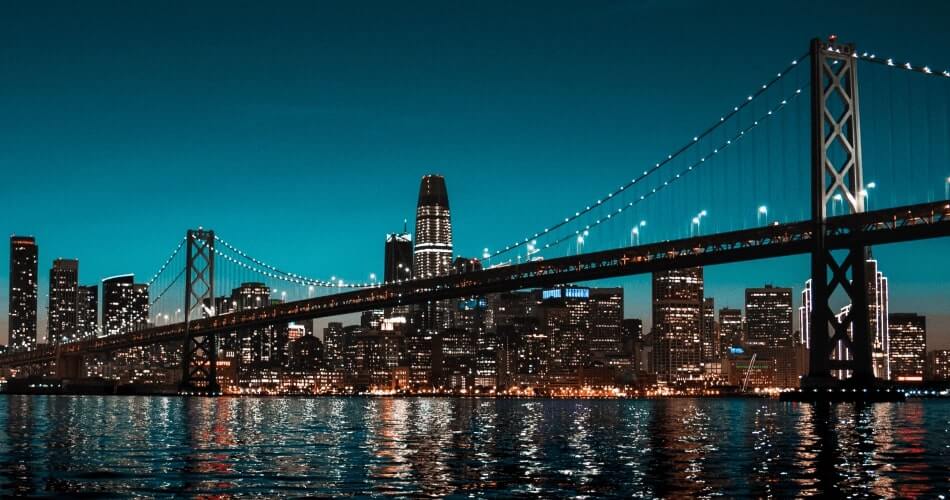
Tourism in the United Kingdom is a major industry and contributor to the U.K. economy, which is the world’s 10th biggest tourist destination, with over 40.1 million visiting in 2019, contributing a total of £234 billion to the GDP.
£23.1 billion was spent in the UK by foreign tourists in 2017. VisitBritain data shows that the USA remains the most valuable inbound market, with American visitors spending £2.1 billion in 2010.
Nevertheless, the number of travellers originating from Europe is much larger than those travelling from North America: 21.5 million compared to 3.5 million American/Canadian visitors.
After 9-year rise, as of 2019, United Kingdom attracting 40.86 million international tourists (Even before COVID-19 pandemic began (Between March 2020 and March 2022)), which was more than two times U.K.’s total population.
The country’s principal tourist destinations are London, Edinburgh, Oxford, Cambridge, York, and Canterbury. The United Kingdom hosts a total of 32 World Heritage sites, the 8th most in the world.
The Lonely Planet travel guide voted England number 2, after Bhutan, as one of the best countries to visit in 2020.
Some of the most popular cities include London, Edinburgh and Manchester and notable attractions include the Palace of Westminster, the London Eye and Edinburgh Castle.

Tourism first began to increase during the 17th century when wealthy Europeans would follow the ‘Grand Tour’ of Western Europe which traditionally started in the United Kingdom before travelling to Italy.
Throughout the industrial revolution, tourism continued to spike as people began to have more disposable income and technological advancements made transport more convenient and affordable. In 1841, Thomas Cook, founder of Thomas Cook & Son, took 500 passengers by train on a return trip from Leicester to Loughborough.
This was his first excursion and is seen as a significant milestone in the creation of the British tourism industry.
The world wars dampened the growth of the tourism sector, although after World War II the government began putting measures in place to increase tourism, recognising its political and economic influence.
By 1987, the World Tourism Organization estimated 3.4% of the UK’s GDP came from tourism.
More recently, budget airlines and cheap accommodation has caused almost continuous year-on-year growth. In more recent times, terrorist attacks in the UK such as the 7/7 bombings in 2005 have an expected negative impact on the tourism industry.[citation needed] The Global Financial Crisis of 2008 caused three consecutive years of the number of visitors from overseas decreasing for the only period between 2002 and 2017.
The United Kingdom is the 10th most visited country in the world and the 6th most visited country in Europe.


